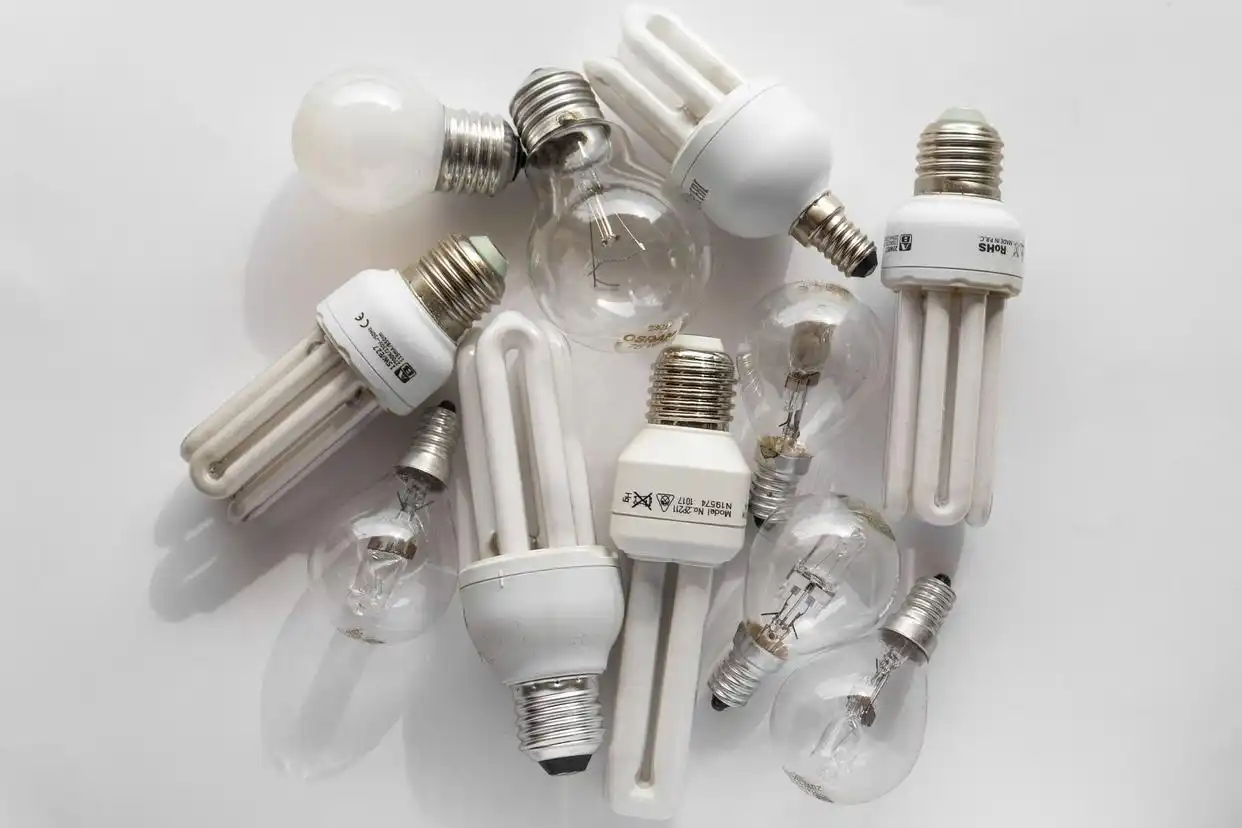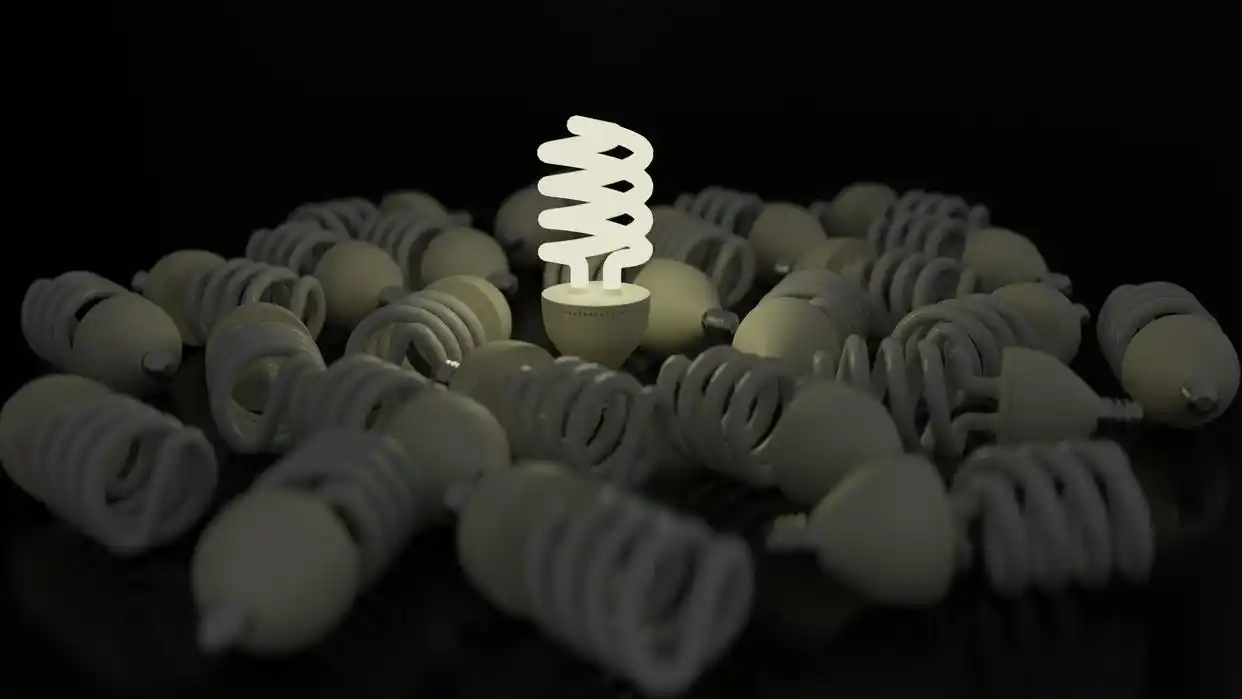Correct Disposal and Storage Guidelines for Different Types of Used Lamps
The handling and storage of used or damaged lamps depends on their specific type. Before disposal, it is recommended to check the product packaging and strictly adhere to relevant EU regulations.
Disposal of Fluorescent Tubes
Fluorescent lamps (including all types of fluorescent lamps) contain mercury and phosphorus, two substances that are highly harmful to the human body. Therefore, they must not be disposed of with ordinary municipal waste but must be stored in a designated area that meets specific standards. When determining the storage location for fluorescent lamps, multiple factors, including health and safety, ecological protection, and legal requirements, must be considered.

Effective July 1, 2013, EU countries officially implemented a new waste classification system, which explicitly classifies used fluorescent lamps as "hazardous waste" (also known as "problem waste"). To minimize the risk of toxic substances leaking into the environment from damaged lamps, the safest way to dispose of them is to dispose of them at designated municipal waste collection points or in containers designated for this type of lamp (local government websites typically provide a list of specific recycling locations). Additionally, when purchasing new fluorescent tubes, you can also return your old tubes to the store for recycling. Electronic waste collection points also accept these old fluorescent tubes.
Disposal of Traditional Incandescent Light Bulbs
Traditional incandescent light bulbs do not contain any substances harmful to humans or the environment. For safety reasons, they can be disposed of directly in mixed trash containers. However, it is important to note that these bulbs should not be placed in glass or plastic bins.
While traditional incandescent light bulbs are harmless to the environment and humans, energy-saving light sources such as LEDs are recommended for long-term energy conservation and environmental protection. LED light sources have a lifespan of several years, effectively reducing electricity bills and the amount of waste generated by frequent bulb replacements.
Disposal of LED Lamps (Including LED Panel Lamps)
LED bulbs and old lamps with LED panels offer significant environmental and economic advantages. Their core structure is based on electroluminescent diodes, and no harmful substances are added during the manufacturing process, making them highly environmentally friendly. Even so, LED lamps and bulbs should not be thrown away with household waste. The correct way to dispose of them is to place them in containers designated for LED recycling, or send them to a local electronic waste recycling center for subsequent disassembly, recycling, and reuse by specialized organizations, thus achieving resource recycling and reducing potential environmental impact.


